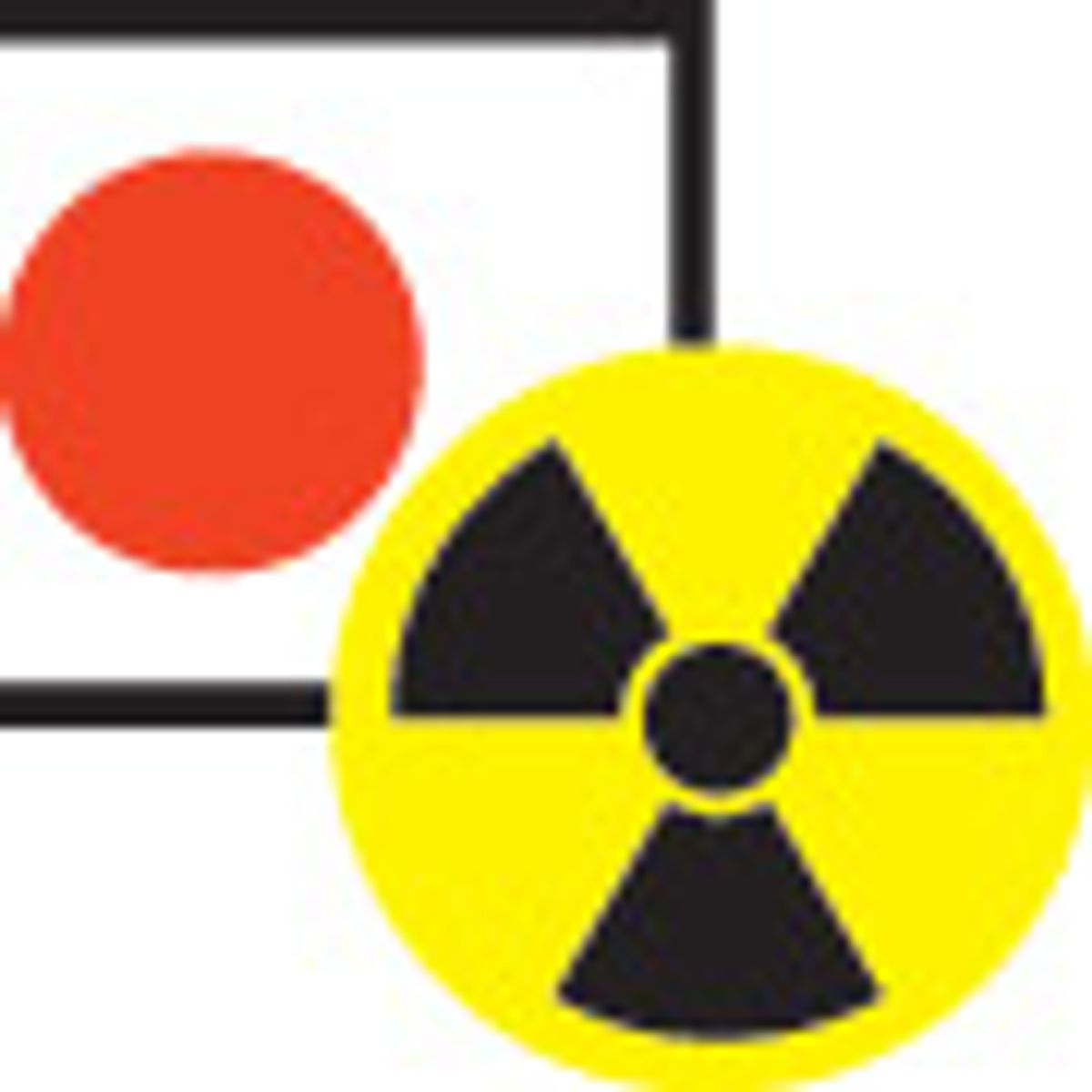Editor's Note: This is part of IEEE Spectrum's ongoing coverage of Japan's earthquake and nuclear emergency. For more details on how Fukushima Dai-1's nuclear reactors work and what has gone wrong so far, see our explainer.
It finally happened. After a month of widening disaster at Japan's tsunami-damaged nuclear plant, the Japanese government today raised the severity rating of the accident. The Fukushima Dai-1 crisis is now rated a 7 on the International Atomic Energy Agency's scale--that's the highest rating possible, and the same rating given to the 1986 accident at Chernobyl.
The new rating from Japanese authorities and yesterday's announcement of an expanded evacuation zone reflect a new understanding of the accident's continuing and widespread impacts. After four weeks of trying, Tokyo Electric Power Co. (TEPCO) has still not completely stabilized its plant. The reactors' cooling systems are still offline, so workers are still flooding the reactor buildings with water to keep fuel from overheating--but that water is being tainted with radioactive materials through still-obscure leaks. The radioactive water continues to accumulate; radioactive steam continues to waft upward from the plant; and it's not yet known when the situation will be resolved.
With all those factors in mind, it seems clear that the Fukushima Dai-1 crisis meets the IAEA's definition of a level 7 accident: "Major release of radioactive material with widespread health and environmental effects requiring implementation of planned and extended countermeasures."
But is the Fukushima situation as dire as the Chernobyl accident? The short answer is no.
When a reactor at the Chernobyl nuclear power plant exploded in 1986, it sprayed radioactive material high into the air. Then graphite in the reactor began to burn, which sent a plume of highly radioactive smoke into the atmosphere. The drifting smoke spread radioactive materials over a wide area, and more than 300 000 people were eventually evacuated and resettled in safer areas. In total, the Chernobyl accident released an estimated 14 million terabecquerels of radioactive material.
There are several competing estimates of the Fukushima Dai-1's total emissions to date--but it seems clear that the radiation release is much lower than Chernobyl's. According to Japan’s Nuclear and Industrial Safety Agency (NISA), the plant has released a total of 370 000 terabecquerels of radioactive material to date, while Japan's Nuclear Safety Commission estimates the number at 630 000 terabecquerels.
Most of Fukushima Dai-1's emissions are thought to have occurred in the days immediately following the earthquake and tsunami of March 11, when a series of explosions shook the plant and produced bursts of steam and smoke. The prevailing winds at that time sent much of the radioactive material out to sea. (The radioactive water that's still accumulating at the plant has contaminated the site and leaked into the ocean.)
Today, several Japanese officials stressed that radiation emissions have decreased dramatically since those first few days. “The amount of radiation leaks is on the decline," said Prime Minister Naoto Kan in a televised address. NISA deputy director-general Hidehiko Nishiyama also gave a press conference, in which he declared that the radiation released from Fukushima Dai-1 so far is one-tenth the total released from Chernobyl. (It's not clear what estimate Nishiyama was using of Chernobyl's emissions.)
But at a separate press conference, a TEPCO official had a bleaker assessment based on the continued, low-level emissions. “Our concern is that the amount of leakage could eventually reach that of Chernobyl or exceed it,” said Junichi Matsumoto. That alarming evaluation has been challenged by NISA's Nishiyama. He told The New York Times that he didn't understand why the TEPCO officials had made such a statement, and said that "almost all" of the plant's radioactive emissions were behind it.
Eliza Strickland is a senior editor at IEEE Spectrum, where she covers AI, biomedical engineering, and other topics. She holds a master’s degree in journalism from Columbia University.





